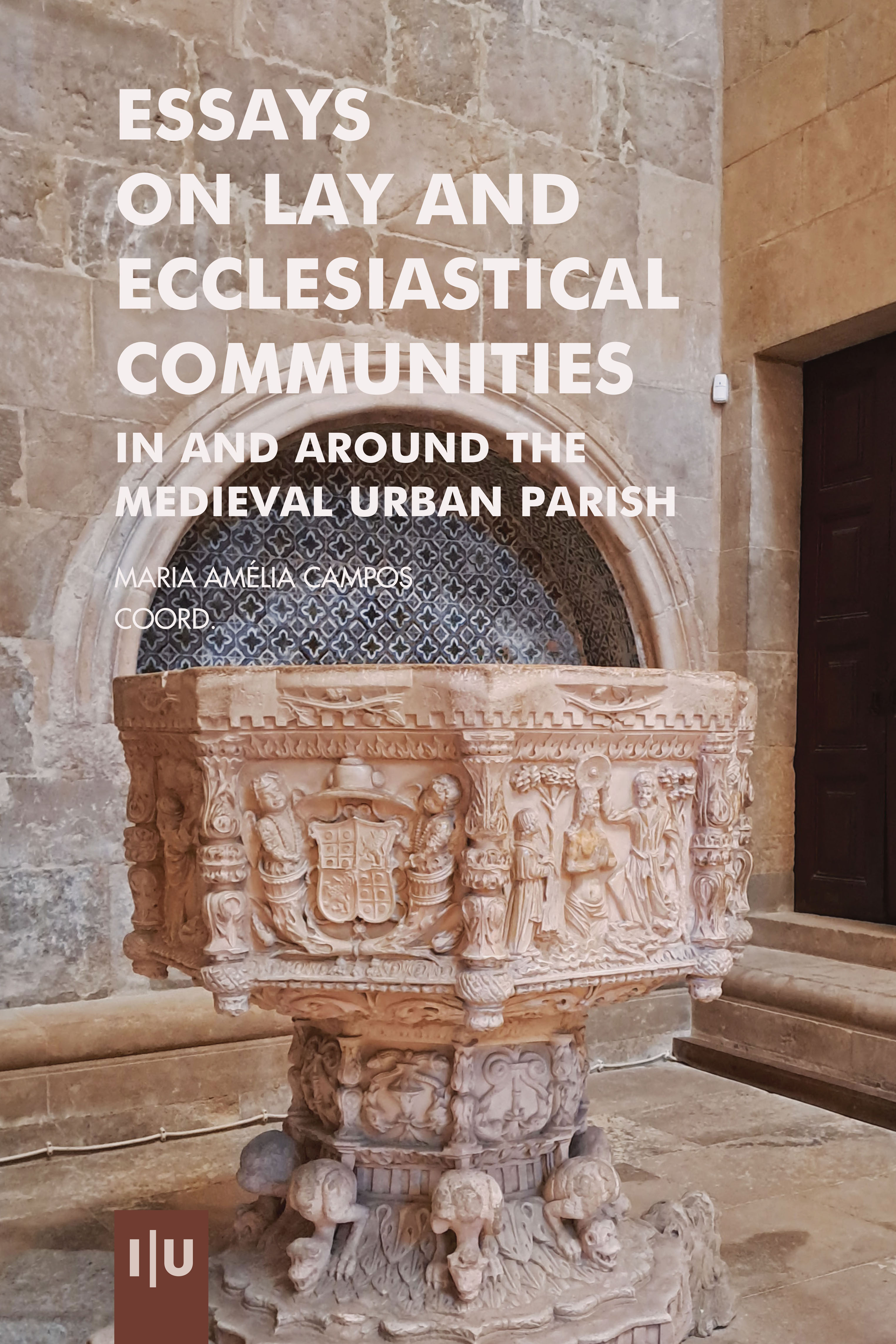Bishops and Dignitaries of Coimbra in the Thirteenth century: a Prosopographical Study
Bishops and Dignitaries of Coimbra in the Thirteenth century: a Prosopographical Study
Maria do Rosário Morujão
A diocese de Coimbra foi restaurada por volta de 1080, após a conquista definitiva da cidade pelos exércitos cristãos liderados pelo imperador Fernando Magno. Juntamente com Sesnando Davides, o conde moçárabe a quem entregou o governo de um imenso território que incluía a cidade, uma das primeiras medidas que tomou foi dotar a igreja matriz da cidade de um cabido de cónegos que auxiliasse o bispo nas suas tarefas pastorais. Cerca de um século depois, foi construída uma nova catedral, que teve um papel estratégico na organização do espaço da almedina de Coimbra, como sede da paróquia principal da cidade. Embora se conheçam já os traços gerais da evolução do cabido, bem como a ação dos seus bispos, não estão ainda estudadas a composição social nem a dinâmica do recrutamento canónico na Sé de Coimbra. Estudá‑las é o objetivo deste trabalho.
—
ISBN: 978-989-26-2557-7
eISBN: 978-989-26-2572-0
DOI: 10.14195/978-989-26-2572-0_3
Área: História
Páginas: 63-83
Data: 2024
Palavras-Chaves
—
Outros Capítulos (13)
A preface to research in medieval studies II
Maria Amélia Campos;Tiago Viúla de Faria;Flávio Miranda
https://doi.org/10.14195/978-989-26-2572-0_0
Reflexions on Urban Parish Communities in Medieval Europe and its Relevance to Current Historiography
Maria Amélia Campos
https://doi.org/10.14195/978-989-26-2572-0_1
City Chapters with Cura Animarum. Territorial Recruitment and Social Composition of the Clergy in North-Western Italy (Twelfth-Fifteenth century)
Francesco Cissello;Elena Corniolo
https://doi.org/10.14195/978-989-26-2572-0_2
Bishops and Dignitaries of Coimbra in the Thirteenth century: a Prosopographical Study
Maria do Rosário Morujão
https://doi.org/10.14195/978-989-26-2572-0_3
The Legal Expertise of the Parish Clergy in Late Medieval Transylvania (Late Fourteenth to early Sixteenth century)
Adinel C. Dincă
https://doi.org/10.14195/978-989-26-2572-0_4
“Qui miserit merdam in bocca alterius pectet CCC solidos:” Episcopal Lawcodes and Lordship in Twelfth Century Castile and León
Kyle C. Lincoln
https://doi.org/10.14195/978-989-26-2572-0_5
A Church under Influence: The Cistercian Convent o...
Mário Farelo;Luís Miguel Rêpas
https://doi.org/10.14195/978-989-26-2572-0_6
The Exercise of Patronage by the Colegiada de Guimarães in the Church of São Miguel do Castelo during the Fourteenth and Fifteenth centuries
Aires Gomes Fernandes
https://doi.org/10.14195/978-989-26-2572-0_7
Inclusion and Exclusion between Church and Community: The Case of the “Lombard” Financiers (Thirteenth–Seventeenth centuries)
Ezio Claudio Pia
https://doi.org/10.14195/978-989-26-2572-0_8
Medieval Jewish Quarters in Northern France and Urban Parishes (Twelfth-Fourteenth centuries): Places of Identity and Cohabitation
Manon Banoun
https://doi.org/10.14195/978-989-26-2572-0_9
From Neighbours to Enemies and Back. Jewish-Christian relations in Northern Europe
Cordelia Heß
https://doi.org/10.14195/978-989-26-2572-0_10
‘Artificial Families’ within the Parish: Intertwined Relationships Between Confraternities and Parish Churches in Medieval Coimbra
Ana Rita Rocha
https://doi.org/10.14195/978-989-26-2572-0_11
Epilogue
Beat Kümin
https://doi.org/10.14195/978-989-26-2572-0_12

